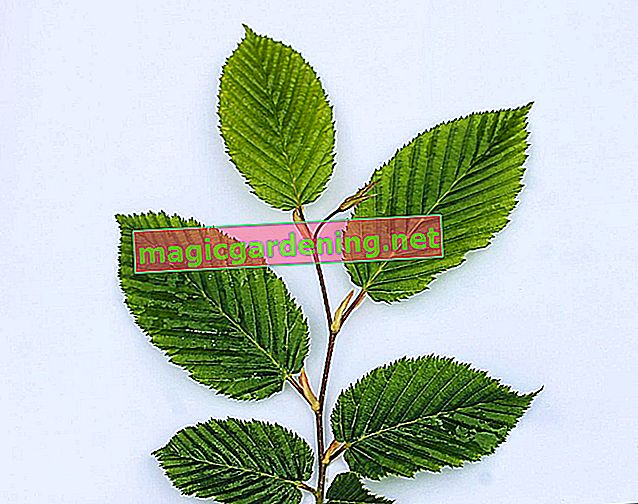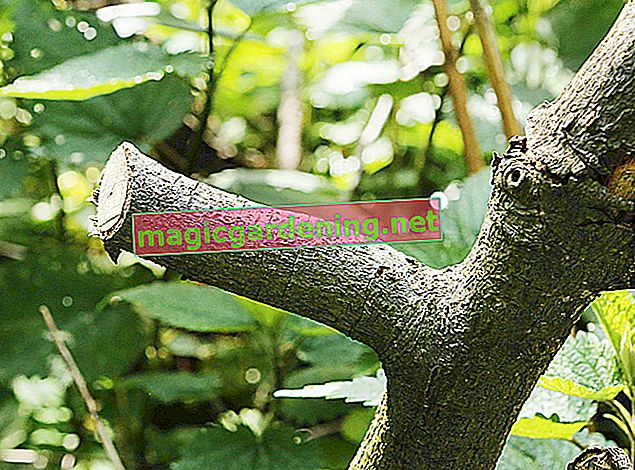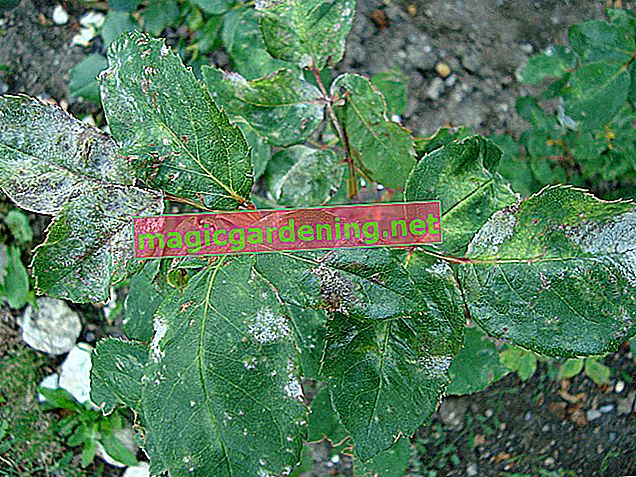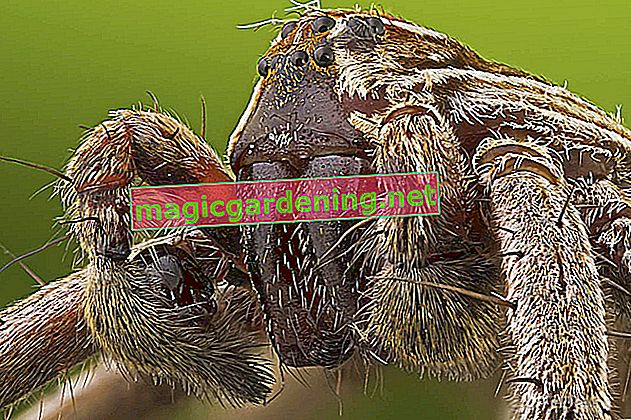
This is how the hornbeam leaf is structured
- Length: 4 to 10 cm
- Width: 2 to 4 cm
- Color: green, yellow in autumn
- Shape: egg-shaped oval
- Special feature: sawn leaf edge
Difference to the leaves of the common beech
The leaves of the common beech are also green, unless it is a special form of copper beech with red leaves. The leaf shape of both trees is so similar that they are often confused.
also read
- Interesting facts about the fruit of the hornbeam
- Why does the hornbeam get brown leaves?
- Propagate a hornbeam using cuttings
The difference is that the leaves of the common beech are more likely to sprout than those of the hornbeam. The leaf of the hornbeam is not as shiny.
The structure of hornbeam leaves looks a bit coarser and the leaf feels “older”. The foliage of the hornbeam turns bright yellow in autumn, while the leaves of the common beech turn an orange-red color.
Different colors throughout the year
Hornbeams offer a different view in every season, regardless of the shoot and the respective pruning.
The leaf color changes over the course of the year. When it shoots, the leaf is a whole delicate light green and has light hairs. In summer it turns a bright green.
In autumn the hornbeam leaves turn yellow. They then dry up and hang brown in the tree until spring.
The hornbeam leaf stays on the tree for a long time
A special feature makes the hornbeam a popular hedge plant. The leaves stay on the tree for a very long time. They look brown and dried out, but still provide good privacy protection.
Many garden protégés overwinter in the dried up leaves. This fact also makes the hornbeam a valuable garden plant.
The last brown leaves only fall off when the hornbeam sprouts again in early spring. Shiny brown new shoots then appear on which the pale green fresh leaves grow.
Brown foliage on hornbeams
The fact that the leaves of the hornbeam turn brown and dry up in winter is a normal process because the hornbeam is not an evergreen tree.
If the hornbeam turns brown beforehand, fungal diseases can be responsible.
Hornbeams can tolerate dry spells and even floods for a short time. But if the tree is too wet or dry for too long, the leaves also turn brown and dry up prematurely.
Tips
The fruit of the hornbeam, a nut, is also surrounded by a leaf. The cotyledon encloses the fruit and supplies it with nutrients. In autumn the leaf opens and serves as a propeller with which the nut is blown to a place far away from the tree.








